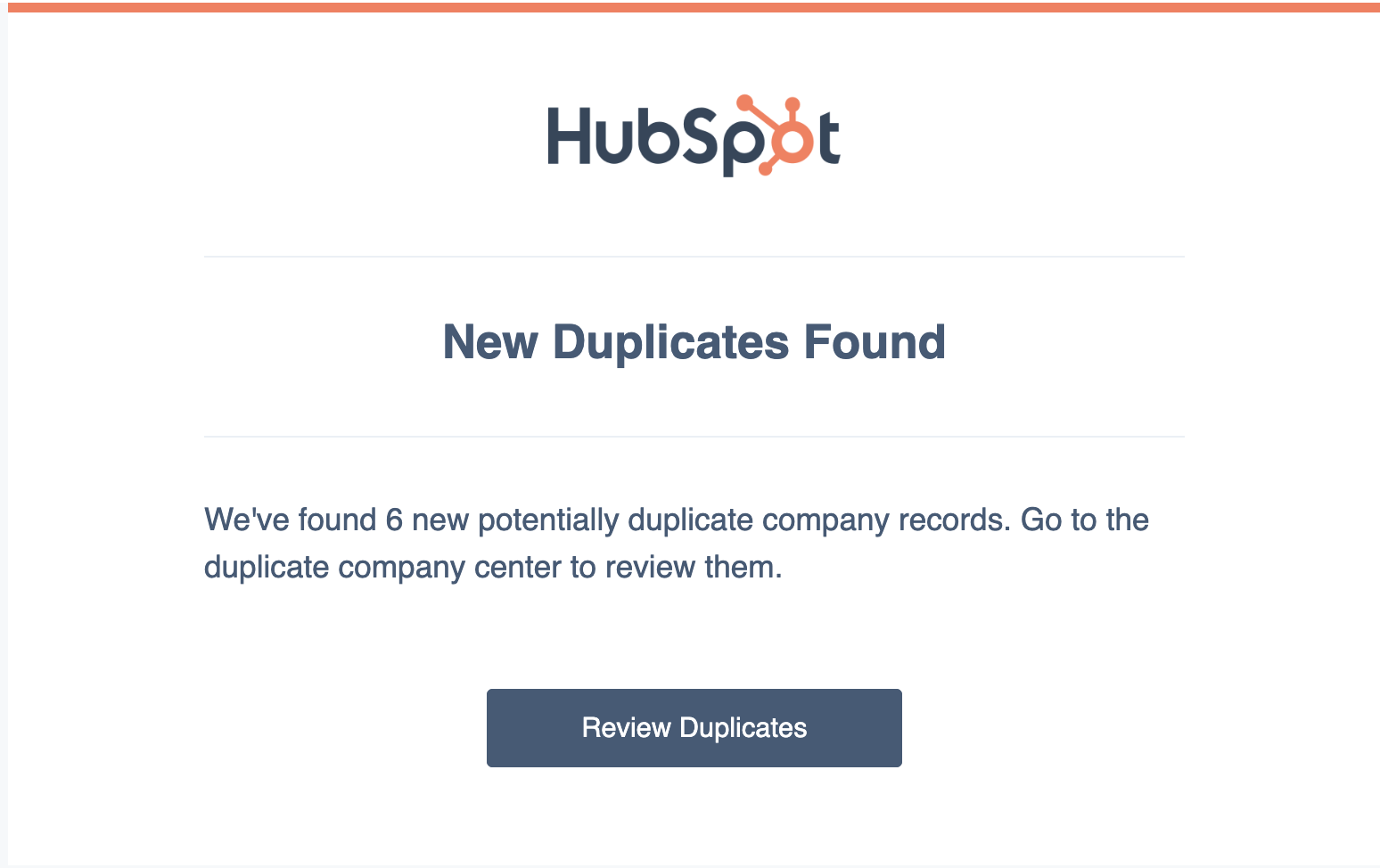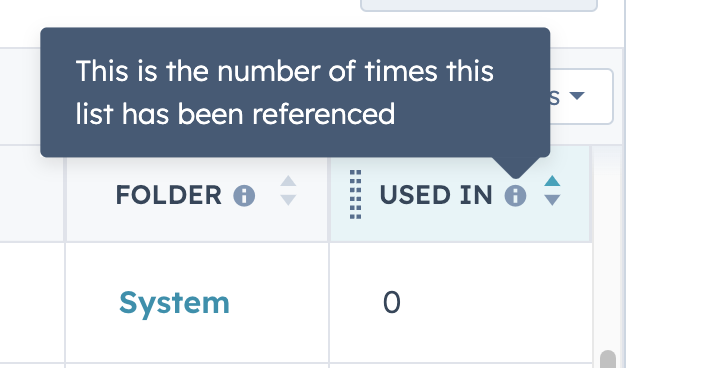Mastering Your Data: Discover HubSpot CRM Cleanup Best Practices

If your team has data in your HubSpot that’s messy and not up to date, it may be time for a deep clean. When you have been working in any CRM for a while, it’s easy for the data it houses to become unreliable or hard to sort through. People leave their jobs, contacts become unengaged, and companies dissolve. With all of the additional tools that Hubspot offers on top of their CRM, your account can become unwieldy and confusing if your team doesn’t have data hygiene rules in place.
So, how do we make sure we don’t get to that point? The answer – it takes dedicated time and resources along with some standards. Let’s walk through some tasks for your team to do and rules to follow to ensure your data doesn’t get out of hand.
Keeping Your Data Clean in HubSpot
Here are some tips to follow to ensure your data is staying clean:
Set naming conventions
Each tool your team utilizes in HubSpot should have a naming convention drafted up for it. Naming conventions help you find relevant assets when you are searching for them. They also help your team know what has already been created.
Below are some rules that our team here at Evenbound likes to follow when setting up naming conventions for our customers:
- Be descriptive: Use clear and meaningful names.
- Use a standardized format: Establish a consistent naming structure.
- Keep it concise: Avoid overly long names.
- Utilize logical categorization: Organize tools into logical groups and folders.
- Include versioning: Incorporate version numbers or dates.
- Document the naming convention: Create a style guide or documentation.
- Plan for scalability: Design a convention that can accommodate growth.
- Involve stakeholders: Gather input from the team and stakeholders.
- Regularly review and update: Ensure the convention remains effective.

Document everything you can
Because HubSpot offers so many different tools, it’s easy to get lost in each of them. This is why we recommend documenting things outside of the tool as well. When setting clients up on the Sales Hub, our team first meets with them to write out their sales process in a clean document. This ensures that everyone is on the same page, and if anyone has questions, they can refer to the document. You can also take this sheet and build it out as a playbook in HubSpot so your team can easily access it when using the tool.
It’s important not only to document processes, but current automations as well. Pulling all of your workflows together into a separate sheet with information on what triggers them and the actions they take is not just a good way to document them, but it reduces redundancy as well. Keeping this sheet up to date will be an excellent resource for your team to check if their particular automation exists before they create a new workflow doing the same thing. Trust us – making a sheet of automations before you get to 100+ workflows, running simultaneously with no insights, will ensure that doesn’t happen.

Work through duplicate contact and company lists every month
HubSpot automatically flags potentially duplicate contacts and companies in your account every day. If you’re adding the correct unique identifiers to your records (email addresses for contacts and company domains for companies), you shouldn’t have to worry too much about duplicates. However, there are always some that can slip through the cracks. Set some time aside each month to go through HubSpot’s flagged contact and company duplicates and merge what needs to be combined in your account.

Set time aside to remove unused tools each month
When working in HubSpot for an extended period, it’s easy to keep adding things and never remove old assets. If you never remove unused tools, they will take up the same space as your active tools, which can start to cause a mess. Set aside time each month to go through your lists, workflows, forms, and more, and remove what isn’t being used to ensure things are up to date.

Utilize folders
Folders are an organizer’s best friend in HubSpot. Most tools in Hubspot have a folder system and should be used to categorize your assets throughout the platform. You can even create sub-folders if you want to segment everything further. Everything should live in a relevant folder, whether it’s templates, forms, workflows, lists, or files.
If Your Data Already Needs Cleaning, Here Are Some Tips:
We get it – ensuring your data doesn’t get messy in HubSpot is not easy. Putting rules in place is essential; however, they don’t always get followed by everyone in your account. If you are drowning in data, here are some quick tips to clean it up.
Contacts
- Remove contacts that have hard bounced or unsubscribed. If a contact has hard-bounced or unsubscribed from all communication, there is no valid way to reach them from Hubspot. These contacts shouldn’t take up your contact count, so remove them from your account to ensure no one tries to contact them again.
- Remove unengaged contacts. If you want to thin out your marketing contact counts, consider removing unengaged contacts from your portal. HubSpot automatically flags unengaged contacts based on their lack of engagement with your marketing emails. Removing these contacts from your account is a great way to increase your emails' open and click-through rates and open up space for new contacts to market to.
- Remove unworked contacts or create a campaign to engage them. No matter how many lead assignment rules you have set up, there will almost always be contacts that fall through the cracks. Creating an active list that pulls in contacts with no last activity date or with a last activity date of a long time ago is a good way to automatically pull in these unworked contacts. Using this list, you can create a drip campaign to market to these contacts, and to try to get them to convert.
Companies
- Turn on contact/company association automation. In the company settings, you can turn on automation to create companies in your HubSpot account once a contact is made. This automation helps keep your companies clean by automatically associating them with the correct contacts based on a contact’s email domain. This also saves your team time because they don’t have to do this manually.
- Utilize parent/child relationships. When working with companies with multiple locations in Hubspot, it is recommended to utilize parent/child associations. These associations ensure that your activities are being logged to the correct location and link the main company on each location for additional context if needed.
Deals
- Pull a report of stale deals. Our team creates a “Stale Deals Report” in most of the HubSpot portals we are in. Creating a deal-based report with the filters “Is Deal Closed is false” and “Last activity date is more than 14 days ago” will help your team flag stale deals in your account. The last activity date updates any time a deal moves stages or has a sales activity logged to it. So, whatever the timeframe you determine a deal goes stale in, you can automatically pull those deals into a report with these filters.
- Create a “Gone Dark” stage in your pipeline. We all know that some sales opportunities can go stale no matter how hard we try. While many of our deals close out as either won or lost, some opportunities aren’t entirely lost, but aren’t currently active either. This is where a “Gone Dark” stage falls on your pipeline. You can utilize this stage to keep the deals that don’t currently have momentum and re-engage them when you have extra time.
Is Your Data Overwhelming? Evenbound Can Help.
As we have mentioned throughout this article, it’s very easy for your data to spiral out of control. If you are overwhelmed with the amount of information in your account and need a partner to help you clean it up, the Evenbound team is happy to step in. We have cleaned up many HubSpot portals, each with its unique issues. If you’d like to learn more about how our team can help you, book a call with us today!




.jpg?width=352&name=pexels-johannes-plenio-3105242-(1).jpg)